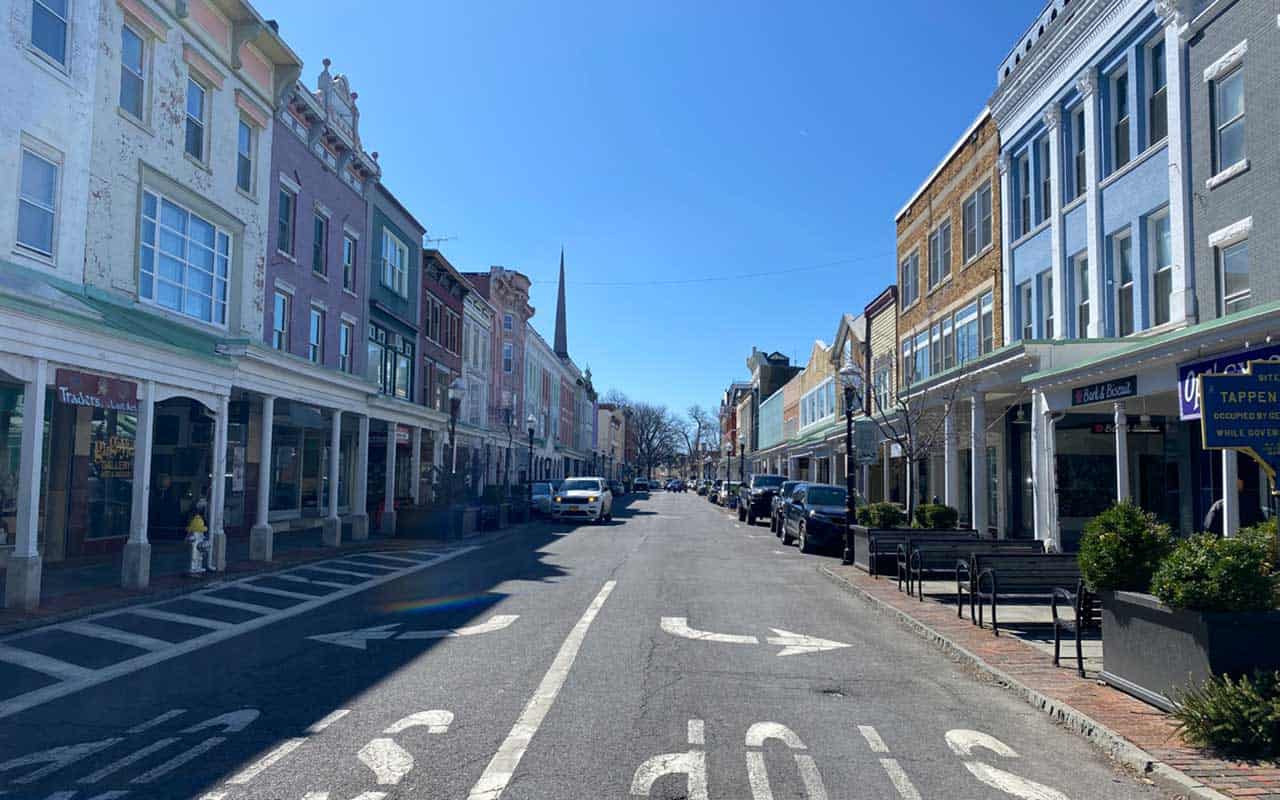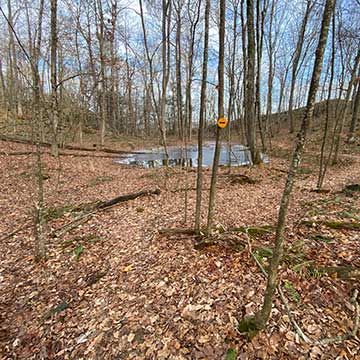This Month’s Featured Article

The Flâneur and the Saunterer
 A first, stumbling step beside the coffee table. A wobbly turn of the pedals. An unexpected lurch when you step on the gas: the great milestones in life – and in human history – involve transportation, but none more so than the initial steps taken by our African ancestors six million years ago that led to bipedalism.
A first, stumbling step beside the coffee table. A wobbly turn of the pedals. An unexpected lurch when you step on the gas: the great milestones in life – and in human history – involve transportation, but none more so than the initial steps taken by our African ancestors six million years ago that led to bipedalism.
Perhaps it was in pursuit of prey, or to escape a predator, but somewhere around modern-day Kenya or Chad, early humans discovered that two legs worked better than four limbs for all sorts of purposes. Walking upright allowed us to use our hands for gathering and to make the most of our opposable thumbs: two benefits that have ultimately made us the most clever and adaptable animals on earth. In time, walking brought us agriculture, animal husbandry, architecture, and, several million years later, John Travolta strutting down 86th Street in a black leather jacker.
Although we cannot run as quickly as many four-legged animals, “we are exceptional walkers, possibly the best walkers of all species,” claims Shane O’Mara, a professor of experimental brain research at Trinity College Dublin. “And this has been the secret underlying our far-flung dispersion across the face of the earth.”
Walk
But the popular image of modern humans more closely resembles the dystopian depiction in Disney’s 2008 Wall-E, where a sedentary population has access to every imaginable necessity, sucking soda from the armrests of their mobile La-Z-Boys and gawking at screen-based entertainment. We know that moderate exercise in the form of walking not only has innumerable health benefits, but profound neurological ones as well, so how do we get ourselves to walk?
We walk to the kitchen, we walk through the grocery store, we walk to and from our desk at work, but modern humans must invent reasons to overcome Newton’s First Law of Motion: objects at rest tend to stay at rest. We are inventive monkeys, though, and the latter half of the nineteenth century saw the emergence of a class of people prosperous enough to carve out a philosophy of walking that would lead us down the primrose path to treadmills.
Flâneur
As civilization attained a certain level of comfort and insulation from privation, the French contrived the flâneur as their answer to obligatory walking. According to Baudelaire, “for the perfect flâneur, the passionate spectator, it is an immense joy to set up house in the heart of the multitude, amid the ebb and flow of movement, in the midst of the fugitive and the infinite. To be away from home and yet to feel oneself everywhere at home; to see the world, to be at the centre of the world, and yet to remain hidden from the world.”
In other words, to saunter amid the bustle of the city while it courses around the flâneur like a river. Indeed, this is the raison d’etre for the flâneur – a purpose for walking, albeit somewhat… purposeless. Try to engage in flânerie on Madison Avenue, and you will know just how different this kind of walking is from the kind of gravitational compulsion that seems to demand speed walking.
Walking to the Holy Land
Although less bustling than Manhattan, our area does afford some opportunities to practice flânerie. Hudson and Kingston, NY, and Great Barrington, MA, have vibrant downtowns with enough foot traffic to practice such detachment, and the influx of visitors during summers and weekends injects an urbanity into the scene that might be hard to find in more isolated cities. Even smaller towns like Millerton, NY, and Kent, CT, have recently recast their parking and sidewalks to invite foot traffic, although the crowds will never rival those of New York or Paris. In true capitalist form, these reimagined townscapes are more about drawing customers to small businesses than drawing them to healthful walks, but their design accommodates both uses.
Around the same time that the flâneur arrived in Paris, our Baudlerian equivalent, Henry David Thoreau, distilled a more American spirit of flânerie in his essay, Walking, that is better suited to our rural environs. Thoreau’s saunterer shares a French etymology but has a more intentional purpose:
“I have met with but one or two persons in the course of my life who understood the art of Walking […] who had a genius, so to speak, for sauntering, which word is beautifully derived ‘from idle people who roved about the country, in the Middle Ages, and asked charity, under pretense of going a la Sainte Terre,’ to the Holy Land, till the children exclaimed, ‘There goes a Sainte-Terrer,’ a Saunterer, a Holy-Lander. They who never go to the Holy Land in their walks, as they pretend, are indeed mere idlers and vagabonds.”
Thoreau shifted the saunterer’s destination from a geographic location to a spiritual one. Hiking, with its orientation to peaks and views and even fitness walking, undertaken for health reasons, may never get to the Holy Land he describes, but the American goes to a Holy Land of the mind.
Amble along
In practice, though, Thoreau’s requirements for intentional walking are more expansive than restrictive. While hiking is not sauntering by his definition, it could become so if we are mindful of our surroundings and their impact on us. Almost any walk can be a saunter, and while there are innumerable places to practice mindful walking in our area, from Bartholomew’s Cobble in Sheffield to the Dover Stone Church, even the dirt road down the street or a dead end lane will provide enough seclusion to appreciate the subtle changes of season and the clarity of mind that comes with blood flow and improved circulation.
In fact, hiking, with its navigational demands, may be less suited to sauntering than a dead end road or Main Street, where one can amble along at a comfortable pace and practice flânerie, sauntering, or even the passeggiata, the Italian tradition of a casual, sociable stroll after dinner.
City planners may employ O’Mara’s acronym “EASE” when they design urban spaces that are Easy to walk, Accessible to all, Safe for everyone, and Enjoyable for all. Curb transitions, wider walkways, designated crosswalks, and level, even surfaces make our cities eminently walkable, and although quieter, our rural Main Streets offer enough human traffic to invite sociability as well.
The physical and mental benefits of walking are well-documented, and even businesses are starting to appreciate the benefits of standing and walking meetings for office culture and creativity. In an increasingly information-driven culture, we need to appreciate the interaction between body and mind that lends itself to creative thought, and as technology continues to shoulder more of the burden of handling data and logical thought, our ability to make intuitive leaps may be the trait that distinguishes us from artificial intelligence. Descartes might revise his declaration from, “I think, therefore I am,” to “I move, therefore I am.”
Now put down this essay, put on some comfortable shoes, and see for yourself.



